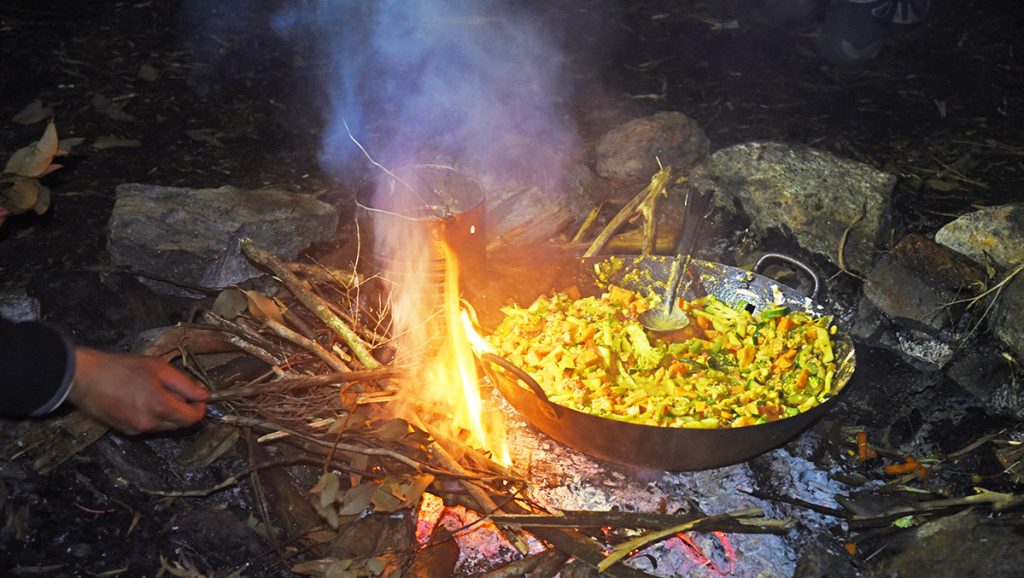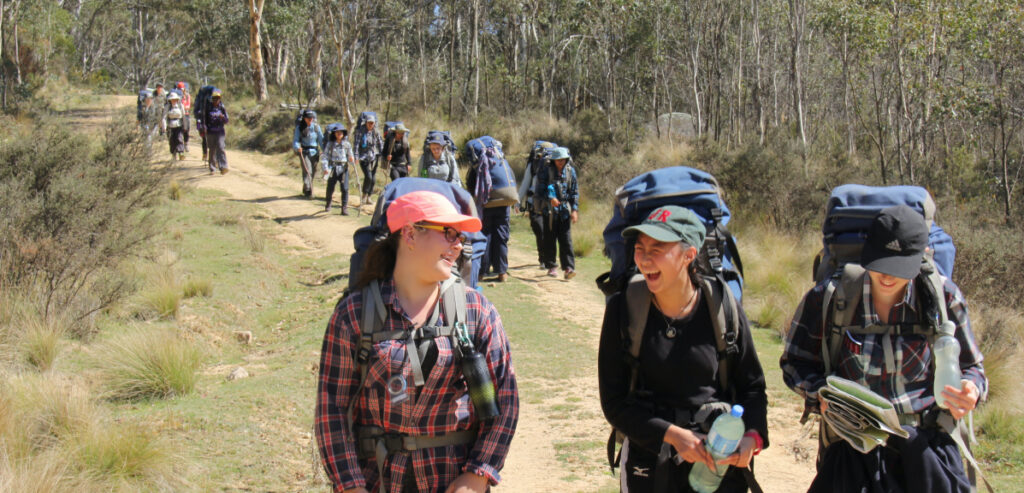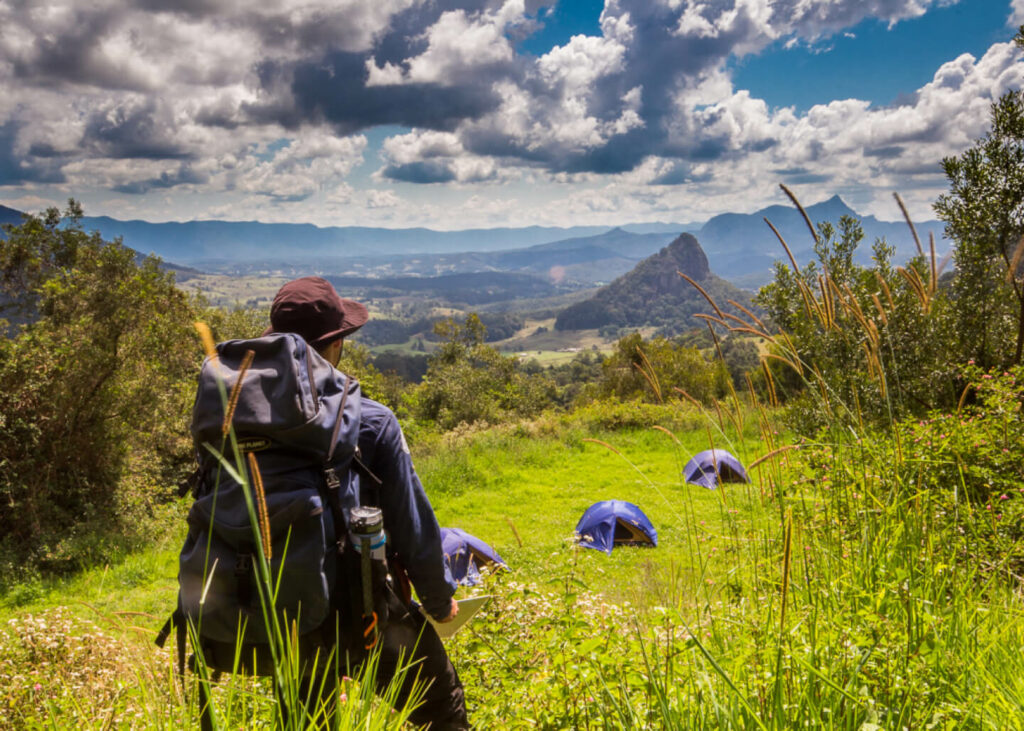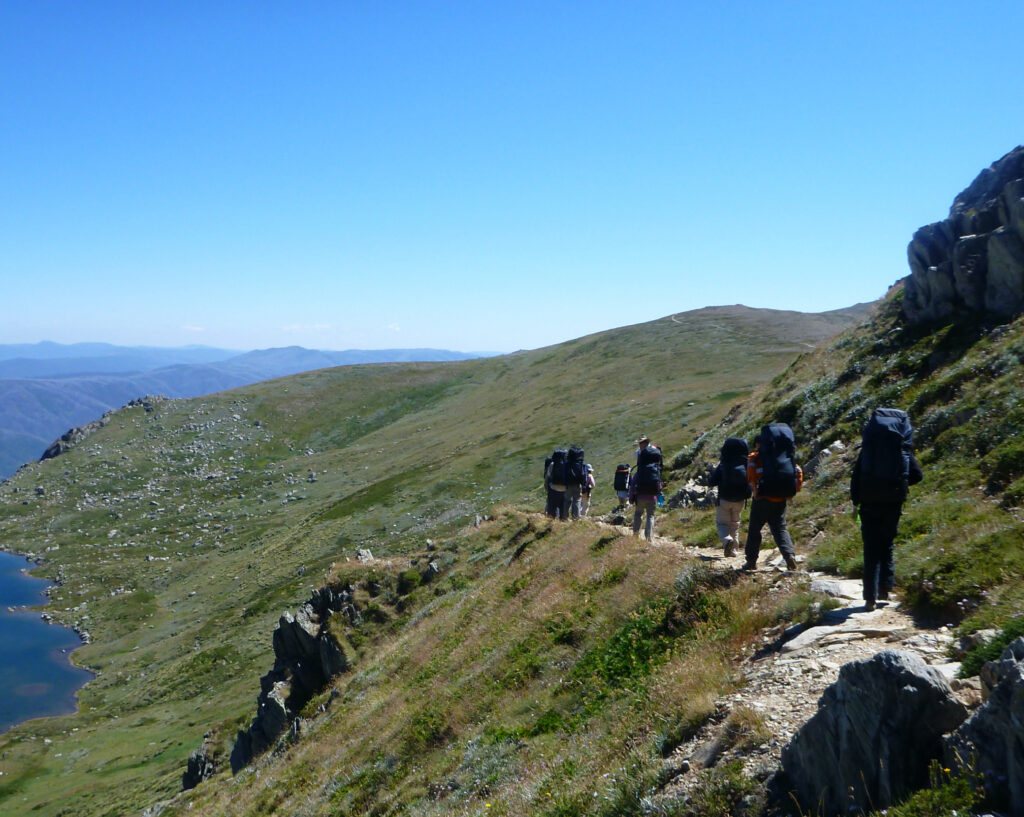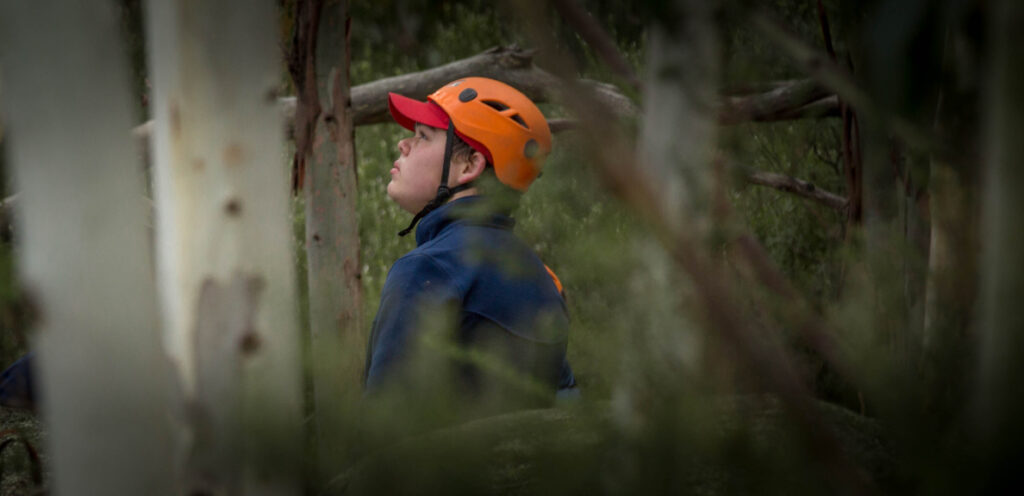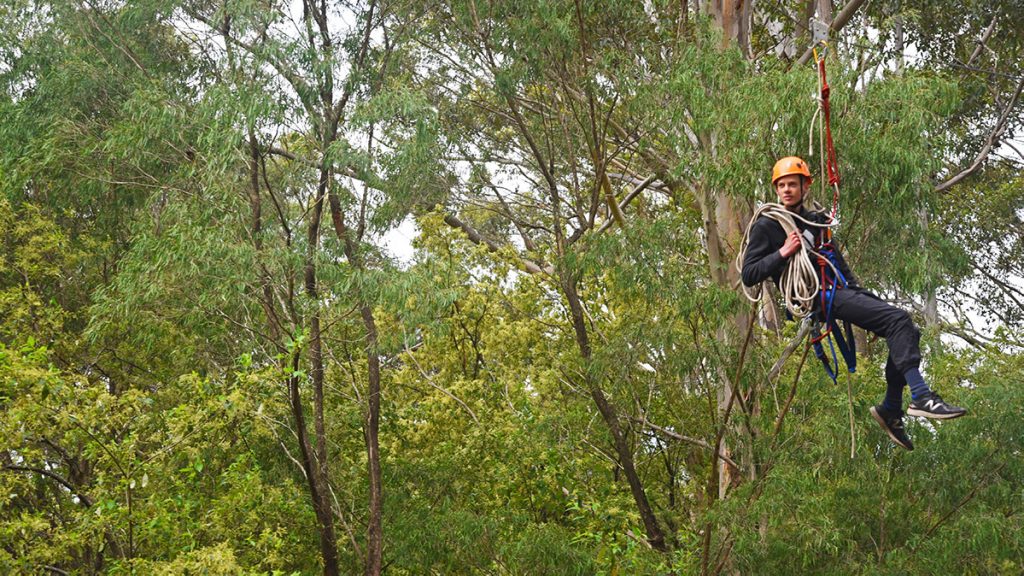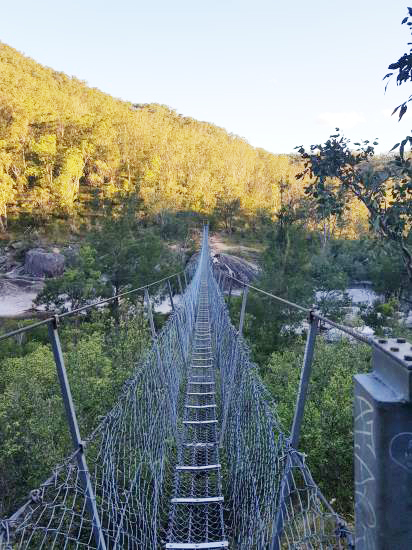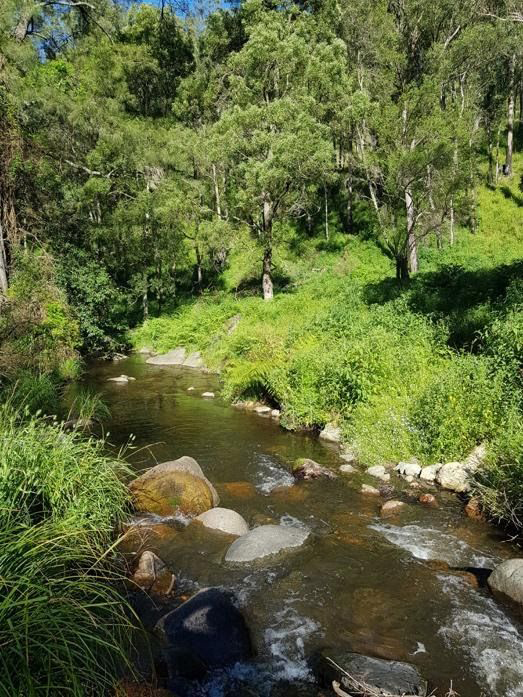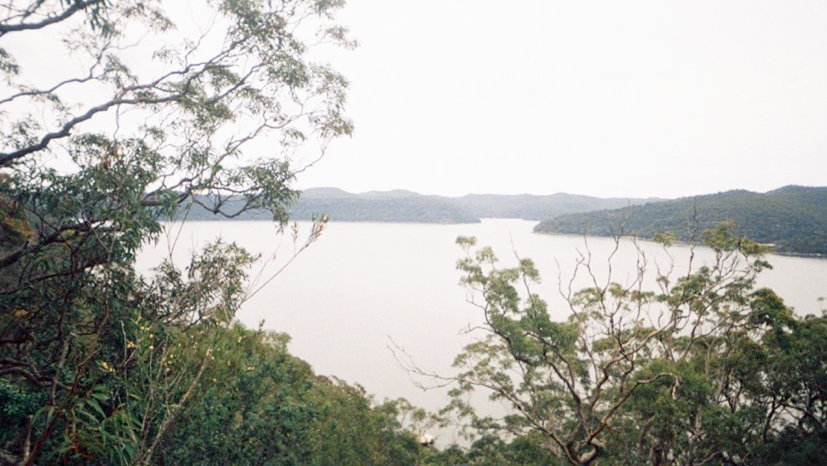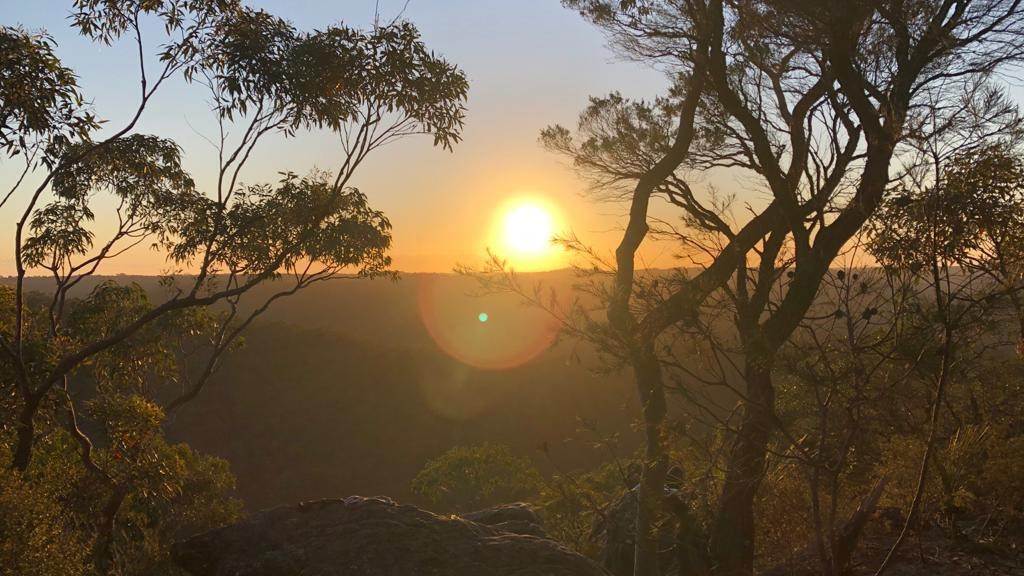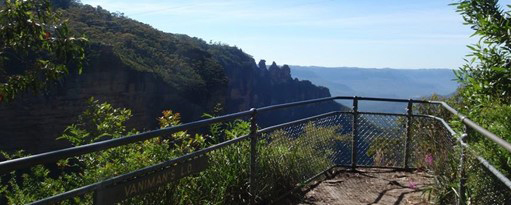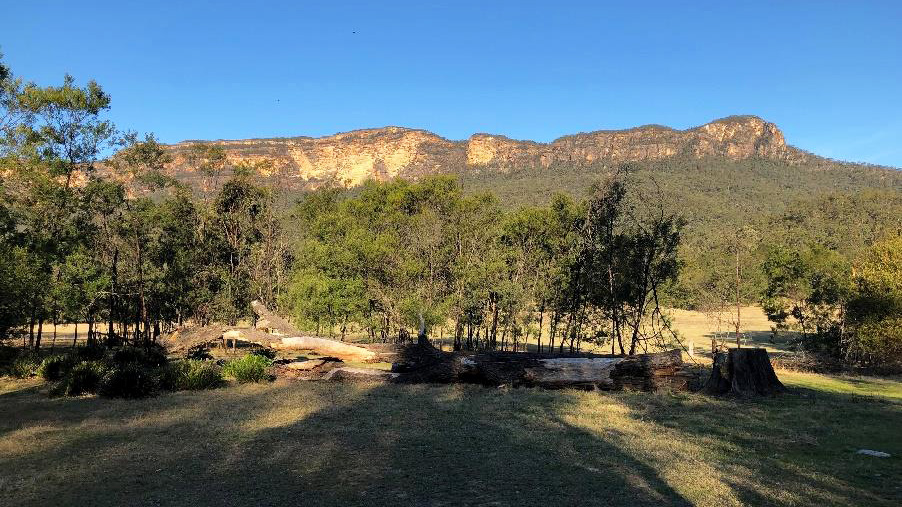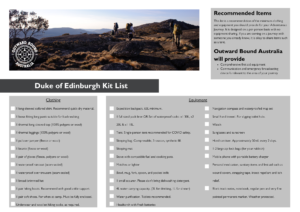Gold Adventurous Journeys
Embark on the ultimate challenge of adventure, discovery and leadership on your Gold Adventurous Journeys.
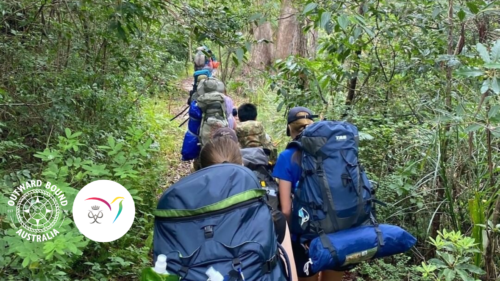
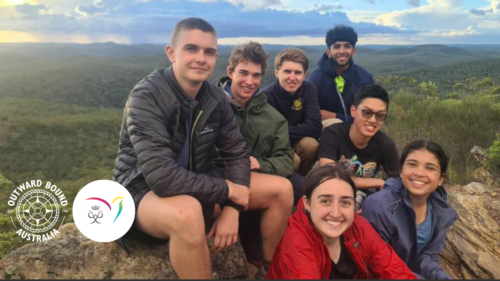
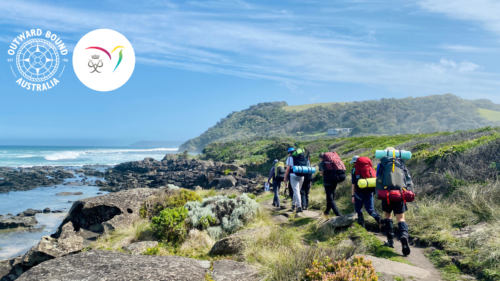
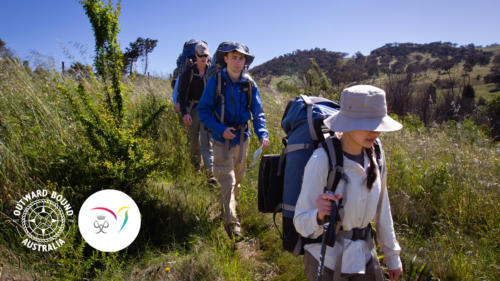

15-19 APR 2024
15-19 JUL 2024
30 SEP – 4 OCT 2024
Click here for booking and journey information

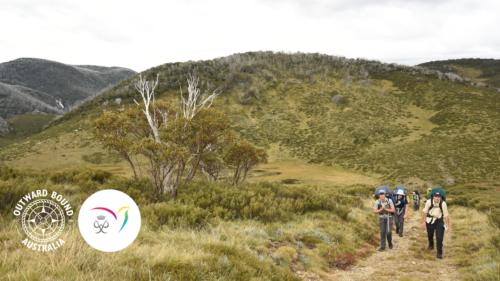
Challenge Yourself to Journey
Take the confidence and resolve you have developed across your Bronze and Silver Awards, and apply yourself for the challenge of your Gold Adventurous Journeys.
Self-Confidence and Team-Work abound
This is the ultimate challenge in your Duke Of Ed journey. Your Supervisor will take a back seat and you will take on the responsibility for the expedition. By applying all the skills, knowledge and determination you have gathered in previous adventures, you will work with your team members to problem-solve and achieve your final sign-off.
Set Yourself Apart
Finalising your achievement with a Gold Adventurous Journey as part of your Gold Award sets you up for a lifetime of success. Using the skills and abilities harnessed from your spirit of adventure and determination to succeed will see you stand out from a crowded employment marketplace.
Get Involved!
For the culmination of your Adventurous Journeys, get Outward Bound with us! Your Gold Qualifier expedition will be the ultimate achievement based on your preparation, training and commitment.
Check out the locations on offer for the Duke of Ed Gold Award Adventurous Journeys. Register your interest today.
Contact our team on 1800 267 999 to learn more or ask any questions about the program in your state or territory.
AUSTRALIAN CAPITAL TERRITORY
- Namadgi National ParK
New South Wales
- Blue Mountains National Park
- Great North Walk
- Kosciuszko National Park
Victoria
- Great Ocean Walk
WESTERN AUSTRALIA
- Bibbulmun Track
Complete your Gold Duke of Ed Adventurous Journeys with Outward Bound Australia. All dates are suitable for Practice or Qualifying participants.
The registration fee for your Gold Duke of Ed Adventurous Journey – starting at $660 – includes:
- Fully supervised hike
- Access to maps
- Group emergency communications
- Camping fees and
- National Park fees.
You will be required to bring all the gear you require for the entire journey. The registration fee does not include:
- Tent
- Sleeping bag and mat
- Compass
- Stove and food
- Backpack
- Other personal items.
At Outward Bound we take safety seriously
We endeavour to provide a safe but challenging environment for you. We believe that people grow and learn by taking a controlled level of risk in the outdoor learning environment.
Our comprehensive risk management system ensures all aspects of our Adventurous Journeys and programs are conducted in line with the Australian Adventure Activity standards.
Each participant completes a thorough medical & dietary form before arrival and our coordinated risk management plans detail the operational standards, guidelines and program structure, ensuring the health, welfare and safety of participants as our highest priority. Learn more by viewing our Safety and Risk Management page.
Toilets
Toilets are usually available at our campsites. Where toilets are not available, human waste must be buried and you will need to bring a trowel for this purpose.
Drinking Water
We recommend drinking approximately 3 litres of water per day plus 1 litre to cook with at night.
1 litre of water weighs 1kg. Please keep this in mind when packing. After the first day you should adjust this up or down depending on your water needs.
We anticipate creek or tank water being available, depending on your location, but this is never certain. Creek and tank water should be treated before drinking; see your briefing notes for more details.
Creek Crossings
Creek crossings may occur and you may get wet feet. Where we anticipate high water on any hike we will keep you informed leading up to your journey and your Supervisor will make decisions on creek crossings in the field.
Mobile Phone Reception
There is usually mobile phone reception at different stages of the journeys. Available coverage is different across the providers. If your parents are collecting you at the end of your journey, please ask them to be punctual. You will be able to contact them if we are going to arrive a long way ahead or behind schedule.
Qualified Supervisors
Supervisors are qualified in Outdoor Recreation/Leadership, First Aid, have Working with Children clearance and carry emergency communication equipment.
We’re always happy to answer any questions you may have over the phone (1800 267 999). Here are the answers to a few frequently asked questions.
Where can I obtain the items on the packing list?
Outdoor pursuits stores will have the majority of the items listed in the kit list. If you ask your family and friends, you may find that people you know already have these items that you can borrow. Outward Bound Australia have also partnered with CampList, which offers a hire/purchase service.
Where am I sleeping?
You will sleep in national park campsites. It is a Duke of Ed requirement that you carry your own gear. You will be sleeping in the tent or shelter you provide.
What food shall I bring?
Our Adventurous Journeys are hiking expeditions and require more fat and sugar than a normal diet.
Avoid heavy items such as canned food, glass bottles, and jars as they break. No nuts please.
Do bring: Light weight, highly nutritious and tasty food covering all meals, including snacks for your whole adventurous journey.
Check out the Food Safety Information Council for advice on appropriate foods. Scroll down to the section titled “Camping and bushwalking”.
https://foodsafety.asn.au/food-safety-on-the-move/
Can I bring technology on program?
An Outward Bound program is your opportunity to ‘disconnect to reconnect’. However we do not take your phone from your for a Duke of Ed program. You can use your phone to take photos (for your report) and we can not prevent you from looking at your phone in your tent at night. You will not be permitted to listen to music or talk on your phone during the journey.
Do I have to wear hiking boots?
We recommend hiking boots for all our programs. If you are unable to source these, you will need to find a suitable pair of lace-up, fully enclosed footwear, that has a rigid sole and provides ankle stability.
Do I have to bring the wet weather clothing?
We use the rain jacket and waterproof overpants as a heat-trapping layer in the evenings, just as much as a waterproof cover in the case of rain. For the majority of situations, we continue with the journey when it is raining, and so very strongly encourage participants to provide these items
Do I have to bring the thermals?
For journeys running May – September, yes you do need to bring the thermal top and bottom to program. For programs running at other times, you can choose if you want to bring these or not. Overall, we recommend bringing thermals for any time of year, as they can act as a lightweight jumper in the evenings, or as a pair of pyjamas (which are not a part of our packing list).
How fit do I need to be?
Your Outward Bound Duke of Ed Journey is an expedition in the natural environment. You need to feel confident enough to manage carrying an approx. 15kg hiking backpack, and walking on uneven ground for 10-20km every day of your journey in a variety of weather conditions. The more prepared you are, the more you will enjoy it!
Do participants come with friends, or as individuals?
Most participants arrive on their own, and depart with a set of new friends.
What are the toilet facilities?
This is dependent on the campsites available along your journey. Some locations have access to regular public toilets. At other times you will be required to dig a small personal hole, and you will need to provide a hand trowel for this purpose.
What happens if I need to depart my journey early?
If you need to leave your journey for an unforeseen reason, such as injury, we will arrange with your emergency contact to come and get you from an accessible location. You will need to inform your Award Leader that you have left your Adventurous Journey, and you will need to arrange to re-attempt your journey at another time.
April 2024 Scholarship applications have closed.
Scholarships
We want as many people as possible to experience the advantage of a wilderness program in Australia. Through our charity arm, the Australian Outward Bound Development Fund, we can offer financial scholarship opportunities to those participants who would otherwise not be able to afford to come on a program.
To apply for a scholarship please go to our Scholarship Application Form.
Fundraising with Prezentbox
Prezentbox is a digital platform that enables family and friends to contribute to your Outward Bound program. Read more about Outward Bound’s partnership with Prezentbox and how it works.
